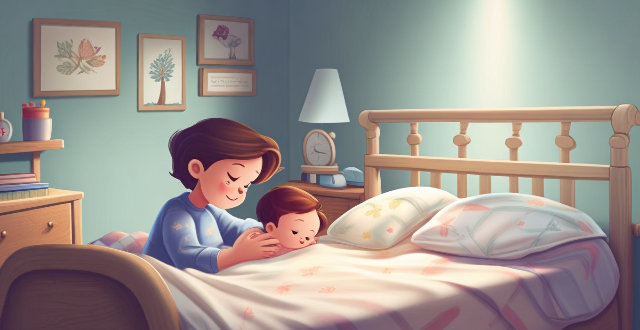Best practices for infant sleep safety include creating a safe sleep environment, following safe sleep positioning, ensuring proper room conditions, and monitoring your baby's sleep. These practices help minimize the risk of Sudden Infant Death Syndrome (SIDS) and other sleep-related deaths, promoting better quality sleep and overall health for newborns and young children.

Best Practices for Infant Sleep Safety
Infant sleep safety is a crucial aspect of ensuring the well-being and health of newborns and young children. Here are some best practices to follow:
1. Create a Safe Sleep Environment
1.1 Use a Firm, Flat Mattress
Ensure that the mattress in your baby's crib is firm and flat, without any soft or loose bedding, bumper pads, or toys. This reduces the risk of suffocation or entrapment.
1.2 Avoid Soft Objects and Loose Bedding
Remove pillows, blankets, stuffed animals, and any other soft objects from the crib. These items can increase the risk of suffocation or Sudden Infant Death Syndrome (SIDS).
1.3 Keep the Crib Bare
A bare crib is the safest sleeping environment for your baby. It minimizes the risk of entrapment, suffocation, and SIDS.
2. Follow Safe Sleep Positioning
2.1 Place Your Baby on Their Back to Sleep
Always place your baby on their back to sleep, as this position has been shown to reduce the risk of SIDS.
2.2 Avoid Prone and Side-Lying Positions
Prone (lying on the stomach) and side-lying positions are not recommended for infant sleep, as they increase the risk of SIDS and other sleep-related deaths.
3. Ensure Proper Room Conditions
3.1 Maintain a Comfortable Room Temperature
Keep the room where your baby sleeps at a comfortable temperature, usually between 68-72°F (20-22°C). Overheating or excessive cooling can be dangerous for infants.
3.2 Use a Humidifier if Needed
If the air in your home is very dry, consider using a humidifier to maintain a comfortable level of humidity in your baby's room. This can help prevent respiratory issues and skin irritation.
3.3 Keep the Room Quiet and Dark
Create a quiet and dark environment for your baby to sleep in. This will help them establish a regular sleep pattern and promote better quality sleep.
4. Monitor Your Baby's Sleep
4.1 Consider Using a Video Monitor
Using a video monitor can help you keep an eye on your baby while they sleep, allowing you to quickly respond to any potential issues or concerns.
4.2 Do Not Co-Sleep with Your Baby
Co-sleeping increases the risk of SIDS and other sleep-related deaths. It is recommended that babies have their own safe sleep space, separate from adults and other children.
By following these best practices for infant sleep safety, you can help ensure that your baby gets the restful and safe sleep they need to grow and develop properly.